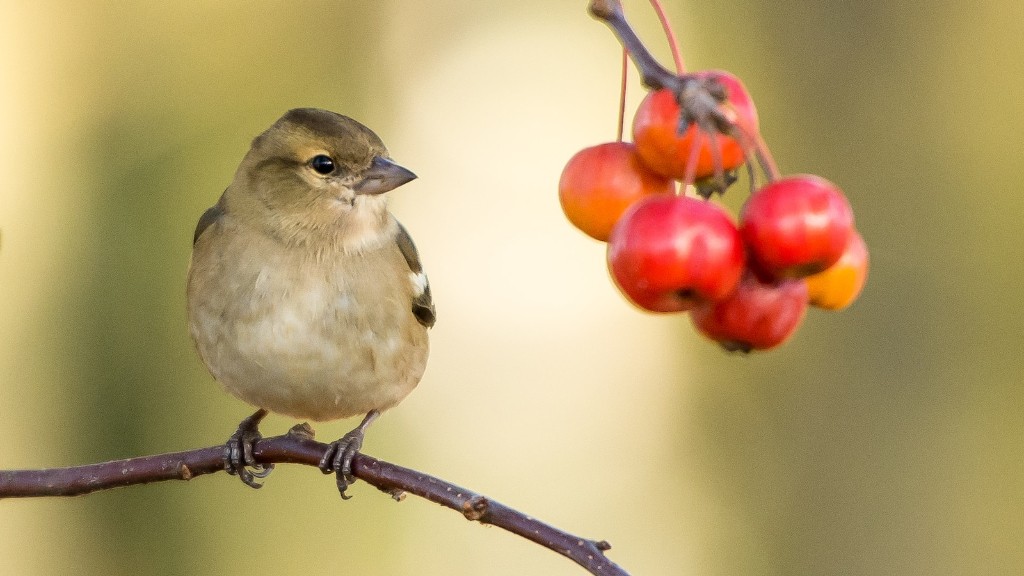What Kills Palm Tree Roots
Palm tree roots are a vital part of the tree’s health, absorbing water and nutrients and anchoring the tree in the ground. Not surprisingly, many things can kill palm tree roots, preventing them from effectively performing their duties.
One of the most common causes of root damage is improper soil care. Roots are very sensitive and can be easily damaged by over-watering, poor drainage, and soil compaction. Without access to appropriate levels of moisture and air circulation, the roots can suffer and eventually die.
In addition, certain diseases such as root rot can also be caused by fungi, bacteria, and other organisms that live in the soil. These organisms can invade the roots and cause them to rot, resulting in a weakened and unhealthy tree.
Another factor that can contribute to root death is the presence of chemical pollutants in the soil an water. These can come from fertilizers, pesticides, or other sources, and can have a negative effect on the roots. If a tree is exposed to these substances for prolonged periods of time, it can be difficult for the roots to recover.
Finally, extreme climate conditions such as very cold temperatures, drought, or flooding can also lead to root death. Although palm trees are generally suited to warm climates, they can still be affected by extreme weather events. During such times, the roots may become damaged or deprived of necessary nutrients and moisture, leading to root death.
Prevention
In order to prevent root death, it is important to maintain proper soil care and ensure that the tree has access to ample moisture and air circulation. Furthermore, it is best to avoid applying chemical pollutants to the soil, as these can weaken the roots or cause disease. Finally, it is important to keep an eye on the weather and take steps to protect a tree in the event of extreme weather conditions.
Professional Treatment
If a tree is suffering from root damage, there are a number of steps that can be taken. Professional advice is often the best way to go in such cases, as an arborist can provide advice on how to best treat and protect the tree. Treatments may include soil amendments, the use of microbial treatments, and the application of fertilizers and other substances that can help promote root health.
In addition, certain steps can be taken to reduce the likelihood of root damage in the first place. For instance, bark mulch can be applied to help retain moisture in the soil, while proper pruning can help promote good air circulation. Finally, it is important to avoid injuring the roots, as even the gentlest of actions can potentially damage them.
Replanting
In some cases, it may be necessary to replant a tree due to root death. This can be a difficult and time-consuming process, so it is essential to have a plan in place before attempting to do so. Generally, the best approach is to obtain a healthy seedling from a reputable nursery and carefully transplant it, taking all necessary measures to protect the new tree from potential damage.
When replanting, it is also important to ensure that the soil is well-prepared and of suitable quality. Fertilizers, soil amendments, and microbial treatments can all be useful in this regard, as they can help to promote better root growth. Additionally, taking steps to reduce the likelihood of inappropriate water levels or chemical pollutants can be beneficial.
Conclusion
Palm tree roots are an essential part of the tree’s health, as they absorb water and nutrients while anchoring the tree in the ground. Unfortunately, many different factors can cause root death, including improper soil care, diseases, chemical pollutants, and extreme weather. Fortunately, steps can be taken to reduce the likelihood of root damage and treatment or replanting may be possible if needed.


